Home>Garden Essentials>How Many Seeds Are In A Tomato


Garden Essentials
How Many Seeds Are In A Tomato
Modified: March 16, 2024
Discover the answer to how many seeds are in a tomato and grow your own garden with this helpful guide. Explore the world of tomatoes and start planting today!
(Many of the links in this article redirect to a specific reviewed product. Your purchase of these products through affiliate links helps to generate commission for Storables.com, at no extra cost. Learn more)
Introduction
Gardening enthusiasts and tomato lovers often find themselves fascinated by the inner workings of this beloved fruit. While tomatoes are widely celebrated for their juicy flesh and vibrant colors, they also harbor a hidden treasure – their seeds. But have you ever wondered how many seeds are actually in a tomato? In this article, we will delve into the intricacies of tomato seeds, exploring their formation, factors that affect seed count, methods to determine seed count, variations among tomato varieties, and the practical applications of this knowledge.
Tomatoes belong to the Solanaceae family, which includes other popular plants like potatoes, peppers, and eggplants. They are a culmination of months of growth, transitioning from tiny seeds to fully ripened fruits. Understanding the structure of a tomato is essential to comprehend how the seeds are formed and developed within it.
The mature tomato typically consists of two main parts: the exocarp, or skin, and the mesocarp, or flesh. Embedded within the flesh are a series of seed-containing chambers, known as locules. These locules are connected by a network of placental tissue, which provides nutrients to the developing seeds. Each tomato variety can have a varying number of locules, ranging from just a few to several dozen.
The formation and development of tomato seeds begins with fertilization. When a tomato flower is pollinated, pollen from the male reproductive organ, the stamen, is transferred to the female reproductive organ, the pistil. This process triggers the growth of a pollen tube, which carries the sperm cells to the ovules within the ovary. Once fertilization occurs, the ovules start developing into seeds, while the surrounding tissues continue to mature, eventually transforming into the juicy flesh we know and love.
The number of seeds in a tomato can depend on several factors, including the tomato variety, the conditions in which it was grown, and even the specific plants cross-pollinated to produce the fruit. Additionally, the size and maturity of the tomato at harvest can also influence the seed count. While there is no exact formula to predict the number of seeds in a tomato, there are methods to estimate it.
One common method to determine seed count is by cutting open the tomato and carefully counting the seeds within each locule. This can be a time-consuming task, especially for varieties with numerous locules. Another option is to weigh a known quantity of tomato seeds and calculate the seed count based on the average weight of a single seed. While still not completely accurate, these methods provide a general understanding of the seed count in a tomato.
It is important to note that the number of seeds in a tomato can vary significantly between different tomato varieties. Some varieties produce fruits with a higher seed count, while others have fewer seeds. This variation is influenced by genetic factors, as well as the breeding objectives of different tomato cultivars. Certain varieties may prioritize flesh development over seed production, resulting in fewer seeds per fruit.
The knowledge of seed count in tomatoes can have practical applications in various settings. For home gardeners, understanding the seed count can help in planning seed-saving endeavors or selecting varieties that produce an abundance of seeds for future planting seasons. Similarly, for commercial growers, knowledge of seed count can assist in efficient seed production and inform decisions regarding breeding programs and crop yield.
As you can see, the number of seeds in a tomato is not a straightforward concept. It is influenced by various factors and can vary among different tomato varieties, making each tomato a unique combination of taste and genetic makeup. Next time you bite into a juicy tomato, take a moment to appreciate the intricate journey that led to its seed-filled center.
Key Takeaways:
- Tomato seeds vary in number due to factors like variety, size, and growing conditions. Understanding seed count helps gardeners plan for future planting and select varieties to suit their needs.
- Knowing the seed count in tomatoes has practical applications for home gardeners, commercial growers, and researchers. It informs seed-saving, variety selection, efficient production, breeding programs, and crop yield estimation.
Read more: How Many Days Do Tomatoes Take To Germinate
The Structure of a Tomato
Before delving into the fascinating world of tomato seeds, it’s important to understand the structure of a tomato. Tomatoes are botanically classified as fruits, although they are commonly referred to as vegetables due to their culinary applications. The anatomy of a tomato consists of several key components that contribute to its overall structure.
The outermost layer of a tomato is known as the exocarp, commonly referred to as the skin. The exocarp provides protection to the inner layers, shielding them from external damage and preserving the fruit’s integrity. The color of the exocarp can vary depending on the tomato variety and is influenced by pigments such as lycopene, which imparts a vibrant red hue.
Beneath the exocarp lies the mesocarp, also known as the flesh. The mesocarp is the juicy and succulent part of the tomato that is rich in flavor and nutrients. It contains the majority of the water content and is responsible for the characteristic texture and taste associated with tomatoes. The consistency of the flesh can range from firm and meaty to soft and juicy, depending on the specific tomato variety.
Embedded within the flesh are small cavities known as locules. These locules serve as chambers that house the seeds. Depending on the tomato variety, there can be anywhere from a few to several dozen locules within a single tomato. The number of locules has implications for the overall seed count, as each locule contains multiple seeds.
The locules of a tomato are interconnected by a network of placental tissue. This tissue acts as a conduit, supplying nutrients and support to the developing seeds. It ensures that the seeds receive the necessary resources for growth and maturation. The placental tissue also contributes to the overall structure and firmness of the tomato.
As the tomato matures, the seeds within the locules undergo development. Fertilization occurs when pollen from the stamen reaches the ovules within the ovary of the flower. The fertilized ovules then transform into seeds, initiating a complex process of cellular division and differentiation. Over time, the seeds ripen, acquiring the characteristics necessary for germination and future plant growth.
The structure of a tomato is a testament to the intricate biological processes at work within this seemingly simple fruit. From the protective exocarp to the juicy flesh and the seed-containing locules, each component plays a vital role in the function and appeal of the tomato. Understanding this structure paves the way for a deeper appreciation of the seeds that lie within.
Now that we have explored the anatomy of a tomato, let’s delve into the fascinating world of tomato seeds – their formation, factors that affect seed count, and methods to determine the number of seeds in a tomato.
Tomato Seeds: Formation and Development
Tomato seeds are the result of a fascinating process of formation and development that occurs within the fruit. Understanding the journey of tomato seeds from fertilization to maturity provides valuable insights into their characteristics and importance.
The formation of tomato seeds begins with the process of pollination. When a tomato flower is pollinated, typically by bees or other insects, pollen from the stamen – the male reproductive organ – is transferred to the pistil – the female reproductive organ. This transfer allows for fertilization to take place within the ovary of the flower.
Once pollination occurs, a pollen tube develops, carrying the sperm cells from the pollen to the ovules within the ovary. This fertilization triggers a series of biochemical reactions that initiate the growth and development of the seeds.
Within the ovule, the zygote is formed – the fertilized egg that gives rise to the embryo. The embryo is the tiny organism that contains all the genetic information necessary for the growth and development of a new tomato plant. It consists of an embryonic axis, comprised of the future root, shoot, and cotyledons.
In parallel, the surrounding integuments of the ovule develop into the seed coat. The seed coat provides protection to the embryo and its delicate internal structures, ensuring its survival during dispersal and germination.
As the seed continues to develop, additional structures form. The cotyledons, also known as seed leaves, are the first leaves to emerge from the embryo. They provide the initial energy and nutrients required for the germinating seedling until it can establish its own photosynthetic capabilities.
The endosperm, another crucial part of the seed, is a nutrient-rich tissue that surrounds the developing embryo. It provides a source of stored energy and nutrients for the growing plant. In tomato seeds, the endosperm is relatively small compared to other plant species, as the embryonic axis and cotyledons contain an abundance of stored reserves.
As the tomato fruit matures, the seeds within it continue to develop and accumulate the necessary resources for germination. The placental tissue, located between the seed-containing locules, plays a vital role in providing nutrients to the developing seeds. It ensures that the seeds receive the essential minerals, sugars, and water required for their growth and maturation.
When the tomato reaches peak ripeness, the seeds are fully developed and ready for dispersal. At this stage, the fruit has fulfilled its biological purpose of housing and nurturing the seeds, which are now equipped to begin the next phase of their life cycle.
The formation and development of tomato seeds are intricate processes that involve a series of genetic and physiological events. From pollination to the growth and maturation of the embryo and seed coat, each stage contributes to the overall structure and viability of the seeds.
Now that we have explored the formation and development of tomato seeds, let’s dive into the factors that can influence the number of seeds in a tomato and the methods used to determine their count.
Factors Affecting Seed Count in Tomatoes
The number of seeds found in a tomato can vary depending on several factors. Understanding these factors can shed light on why different varieties or even individual tomatoes within the same variety may have varying seed counts.
1. Tomato Variety: Different tomato varieties naturally produce varying numbers of seeds. Some varieties are known for their higher seed count, while others may have fewer seeds. This variation is influenced by the genetic makeup and breeding objectives of each tomato cultivar.
2. Fruit Size and Maturity: The size and maturity of a tomato at harvest can impact its seed count. Larger tomatoes tend to have more locules, and subsequently more seeds, than smaller ones. Similarly, as a tomato ripens and matures, the seeds within it also develop and increase in number.
3. Cross-Pollination: When tomatoes are cross-pollinated with other tomato plants, the resulting fruits may display variations in seed count. Cross-pollination introduces genetic diversity, which can influence both the size and number of seeds produced. However, it’s important to note that not all tomatoes are cross-pollinated, as some are self-pollinating and have less variability in seed counts.
4. Growing Conditions: The environment in which tomatoes are grown can also affect their seed count. Factors such as temperature, humidity, nutrient availability, and water levels can influence the overall health and development of the tomato plant, including the seeds. Optimal growing conditions typically promote healthy seed production.
5. Cultural Practices: The care and management practices implemented during the growing process can impact seed formation. Proper pruning, fertilization, and disease control measures can contribute to healthier plants and, in turn, more abundant seed production. On the other hand, inadequate care may result in lower seed counts.
6. Breeding Objectives: Tomato breeders often select for specific traits, such as fruit size or flavor, which can indirectly influence seed count. Some varieties may prioritize fruit development and flavor over seed production, resulting in fewer seeds per fruit.
While the factors mentioned above can affect the seed count in tomatoes, it’s essential to understand that there is natural variation within tomato varieties and even within individual plants. This variation adds to the diversity present in the tomato gene pool and contributes to the overall resilience and adaptability of the species.
Next, we will explore the methods used to determine the number of seeds in a tomato, providing insights into how tomato seed count can be measured and estimated.
The average tomato contains around 100-300 seeds.
Determining the Number of Seeds in a Tomato
The number of seeds in a tomato can be determined using various methods, providing insights into the seed count within a particular fruit. While it is challenging to obtain an exact count, there are techniques that can provide an estimation of the number of seeds present.
1. Manual Count: One method to determine the seed count in a tomato involves cutting open the fruit and manually counting the seeds within each locule. This method is time-consuming and requires precision, especially for tomatoes with numerous locules, but it can provide a relatively accurate count of the seeds.
2. Weighing Method: Another technique involves weighing a known quantity of tomato seeds and then calculating the seed count based on the average weight of a single seed. By dividing the total weight of the seeds by the average weight per seed, an estimation of the seed count can be obtained. While this method may not provide an exact count, it offers a practical way to estimate the seed count quickly.
3. Visual Estimation: For a rough estimate, visually assessing the density of seeds within a tomato can provide an indication of the seed count. This method requires experience and familiarity with tomato seeds and their distribution patterns within the fruit. While it may not be as precise as the previous methods, visual estimation can offer a quick assessment of seed abundance in a tomato.
4. Seed Extraction: To obtain a more accurate count, the seeds can be extracted from the tomato and then counted using specialized equipment like a seed counter or by manually separating and counting the seeds. This method is commonly used in seed production facilities and research settings where a precise seed count is required.
It is important to note that the methods mentioned above may provide variations in results, especially for tomatoes with irregular seed distribution or for fruits with small seed sizes. Additionally, seed count can also be influenced by factors such as seed viability and potential damage during extraction or handling. Therefore, it is crucial to consider these limitations when interpreting the results.
Determining the number of seeds in a tomato can be a valuable tool for gardeners, seed savers, and researchers. It allows for better planning of seed-saving endeavors, selection of varieties that produce an abundance of seeds, and evaluation of seed quality and viability.
Next, we will explore the variations in seed count among different tomato varieties, highlighting the diversity that exists within the world of tomato seeds.
Read more: How Many Tomato Seeds To Plant Per Hole
Variances in Seed Count among Tomato Varieties
When it comes to tomato seeds, there is a wide range of variation in terms of seed count among different tomato varieties. Each variety possesses its own genetic makeup, resulting in unique traits, including seed production.
Some tomato varieties are known for their abundant seed count, while others may have a lower seed count per fruit. These variances can be attributed to various factors, including the breeding objectives and genetic makeup of each variety.
Seed count can be influenced by factors such as the number of locules within the tomato fruit and the size of each locule. Locules are the chambers within the tomato fruit that contain the seeds. Tomatoes can have varying numbers of locules, each potentially containing multiple seeds. Some varieties may have a higher number of locules, leading to more seeds per fruit, while others may have fewer locules with a lower seed count.
The size of the locules can also impact the seed count. In some tomato varieties, the locules are relatively small, resulting in fewer seeds. Conversely, varieties with larger locules may have a higher seed count. Additionally, the size and weight of the tomato fruit overall can influence the number of locules and, consequently, the seed count.
Breeding objectives play a significant role in determining the seed count of tomato varieties. Breeders may select for specific traits, such as larger fruit size or flesh quality, which can indirectly impact seed production. Varieties that prioritize fruit development and flavor over seed count may have fewer seeds per fruit, as more resources are allocated to the growth and development of the flesh.
Seed production goals may also vary depending on the intended use of the tomatoes. Certain tomato varieties are specifically bred for seed production, aiming to produce a large number of seeds per fruit. These varieties are often favored by seed savers and seed companies who rely on abundant seed supplies for future planting seasons.
Additionally, genetic diversity within tomato varieties can result in variations in seed count. Even within the same variety, individual plants may exhibit slightly different seed counts. This natural variation adds to the diversity within the tomato gene pool and contributes to the overall resilience and adaptability of the species.
Understanding the variances in seed count among different tomato varieties allows gardeners, seed savers, and breeders to make informed decisions about which varieties to choose based on their specific needs and requirements. Whether it’s selecting varieties for seed saving or commercial seed production, the distinct seed characteristics of each tomato variety bring a sense of wonder and excitement to the world of gardening and plant breeding.
Now that we have explored the variances in seed count among tomato varieties, let’s discuss the practical applications of knowing seed count in tomatoes.
Practical Applications of Knowing Seed Count in Tomatoes
Knowing the seed count in tomatoes can have several practical applications for home gardeners, seed savers, and commercial growers. Understanding the seed count provides valuable insights that can inform decisions related to seed-saving, variety selection, and crop production.
1. Seed-Saving: For home gardeners and seed savers, knowing the seed count in tomatoes is beneficial when planning for future seasons. By selecting varieties that produce a higher seed count, gardeners can ensure an ample supply of seeds for the following year. This allows for the continuation of preferred varieties and the preservation of genetic diversity within the garden.
2. Variety Selection: The seed count in tomatoes can also help gardeners and growers choose varieties that suit their specific needs. Some gardeners may prefer varieties with a higher seed count to have more seeds for planting, sharing with others, or selling. On the other hand, those focusing on the culinary aspects of tomatoes may opt for varieties with a lower seed count, as they often have a milder and less seedy taste.
3. Efficient Seed Production: Commercial growers who specialize in seed production can benefit from knowledge of seed count. Understanding the seed count in different tomato varieties allows for efficient planning and resource allocation, ensuring that enough seeds can be produced to meet market demand. Precise seed count information also helps in determining pricing and inventory management.
4. Breeding Programs: Seed count is an important consideration for breeders who develop new tomato varieties. By selecting and crossing plants with desired seed production characteristics, breeders can enhance seed count in future generations. High seed count varieties are particularly desirable for seed companies, as they can produce a significant number of commercially viable seeds.
5. Crop Yield Estimation: The seed count in tomatoes can serve as an indicator of potential crop yield. While not a definitive measure, knowing the average seed count per fruit can provide growers with an estimate of the number of plants they need to achieve their desired yield. This information can help with field planning, resource allocation, and market forecasting.
6. Research and Development: In agricultural research, knowing the seed count in tomatoes can aid in studying plant genetics, seed physiology, and crop improvement. Researchers can analyze the relationship between seed count and other traits, such as fruit size, disease resistance, or nutritional content, to better understand plant development and contribute to the advancement of tomato breeding programs.
Understanding the seed count in tomatoes opens up a world of possibilities when it comes to seed-saving, variety selection, and commercial crop production. By harnessing this knowledge, gardeners, seed savers, and growers can make informed choices that maximize their yield, preserve genetic diversity, and contribute to the improvement of tomato varieties.
Now, let’s summarize our exploration of tomato seeds and their seed count.
Conclusion
The world of tomato seeds is a fascinating realm filled with intricacies, variations, and practical applications. We have delved into the structure of a tomato, understanding its skin, flesh, and the seed-containing locules that lie within. From there, we explored the formation and development of tomato seeds, unraveling the complex journey from pollination to seed maturation.
Throughout our exploration, we discovered that the number of seeds in a tomato can vary due to a multitude of factors. Tomato variety, fruit size and maturity, cross-pollination, growing conditions, cultural practices, and breeding objectives all play a role in influencing seed count. Understanding these factors allows us to appreciate the unique characteristics and genetic diversity within different tomato varieties.
We also explored various methods to determine seed count in tomatoes, ranging from manual counting and visual estimation to weighing seeds and extracting them for precise measurements. While these methods provide estimation and insights, they may not yield exact results due to natural variations and potential limitations.
The practical applications of knowing seed count in tomatoes are plentiful. For home gardeners and seed savers, knowing the seed count ensures a steady supply of seeds for future planting seasons. Variety selection can be guided by seed count preferences, whether it be for an abundance of seeds or a more refined culinary experience. Commercial growers can optimize seed production, plan crop yields, and contribute to breeding programs, all facilitated by understanding seed count.
In conclusion, the mysteries and wonders of tomato seeds continue to inspire gardeners, researchers, and enthusiasts alike. The seed count within a tomato unlocks a world of possibilities, from preserving heirloom varieties to improving crop productivity. As we appreciate the delicious taste of a juicy tomato, let us also marvel at the intricate journey that led to its seed-filled center, and the opportunities that lie within.
Frequently Asked Questions about How Many Seeds Are In A Tomato
Was this page helpful?
At Storables.com, we guarantee accurate and reliable information. Our content, validated by Expert Board Contributors, is crafted following stringent Editorial Policies. We're committed to providing you with well-researched, expert-backed insights for all your informational needs.
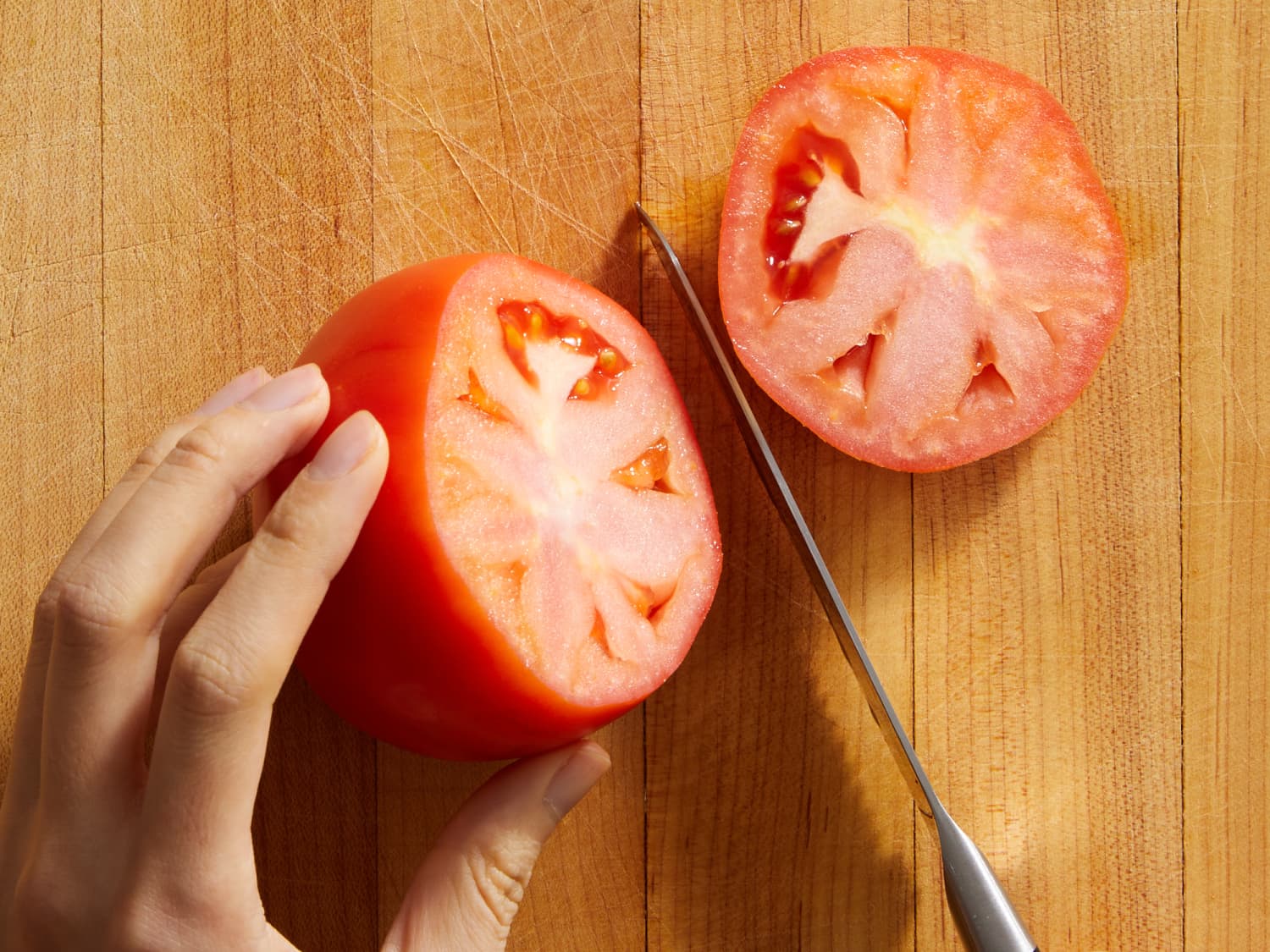
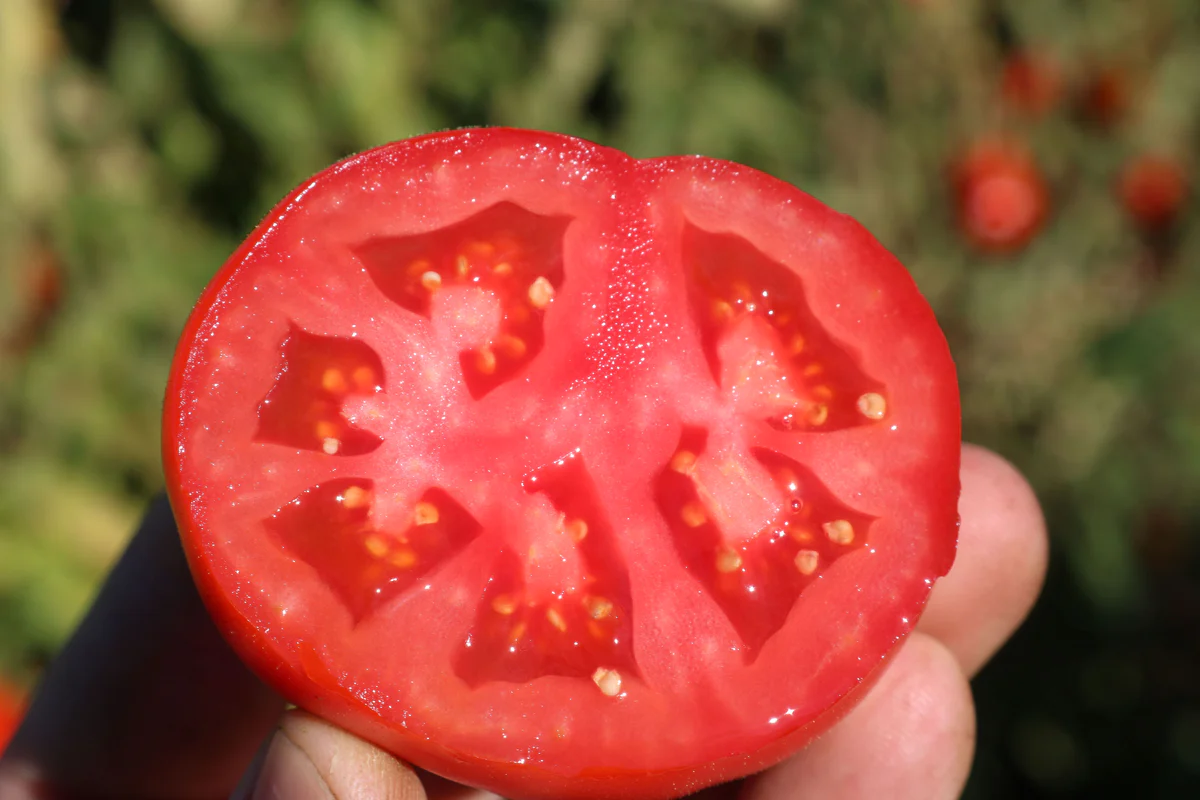
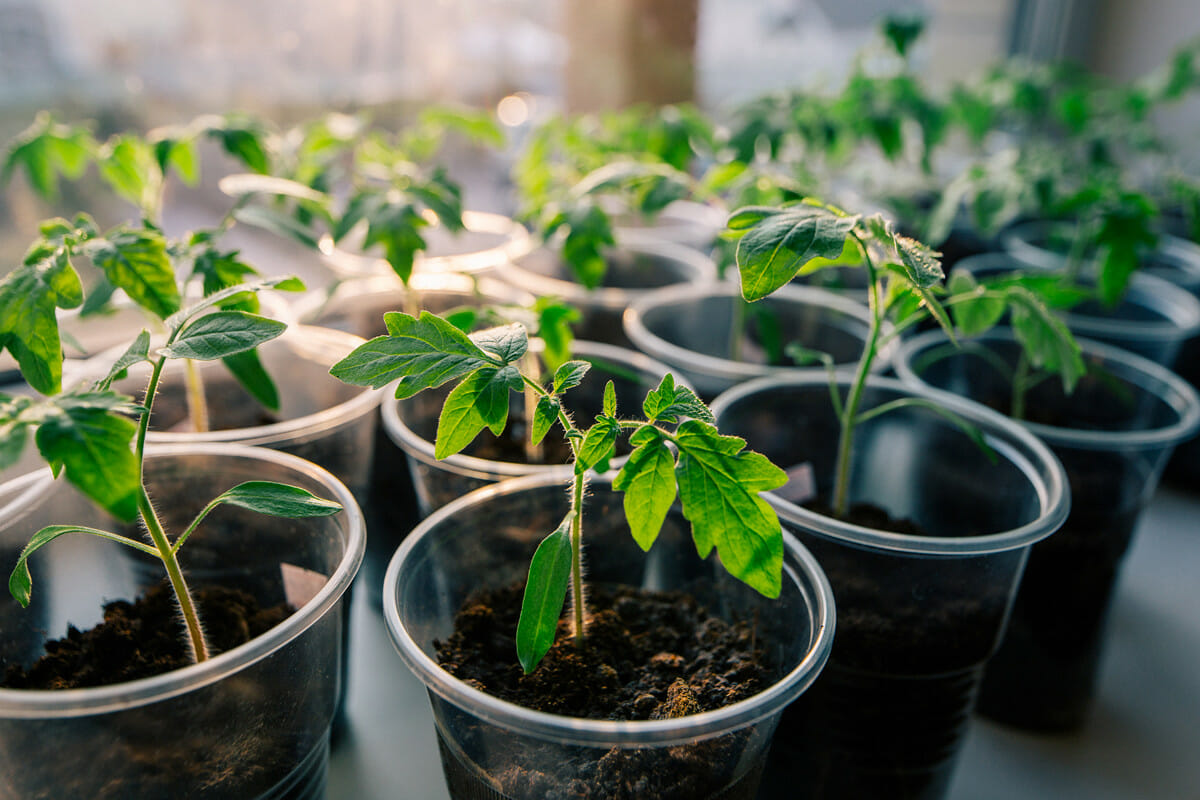
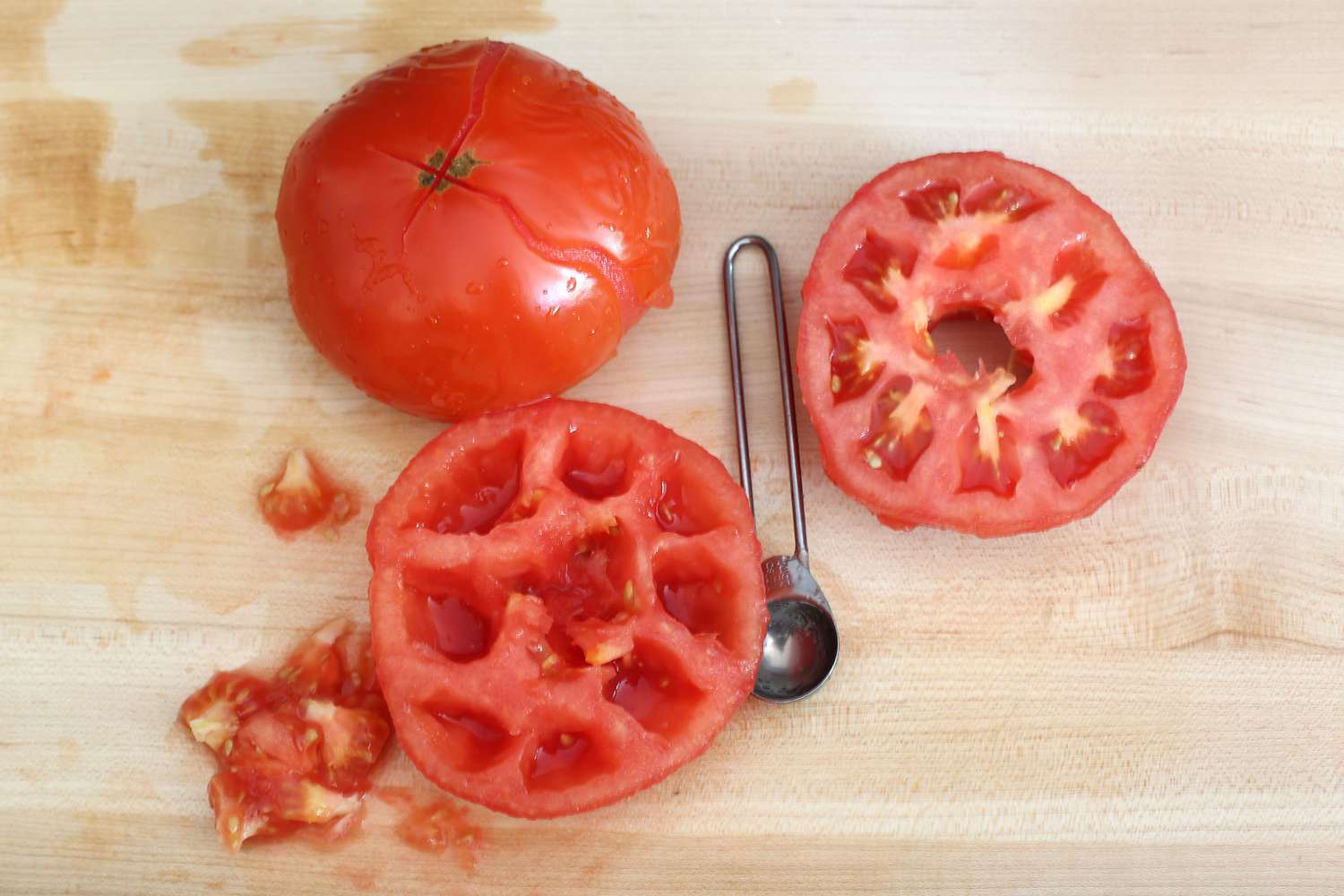
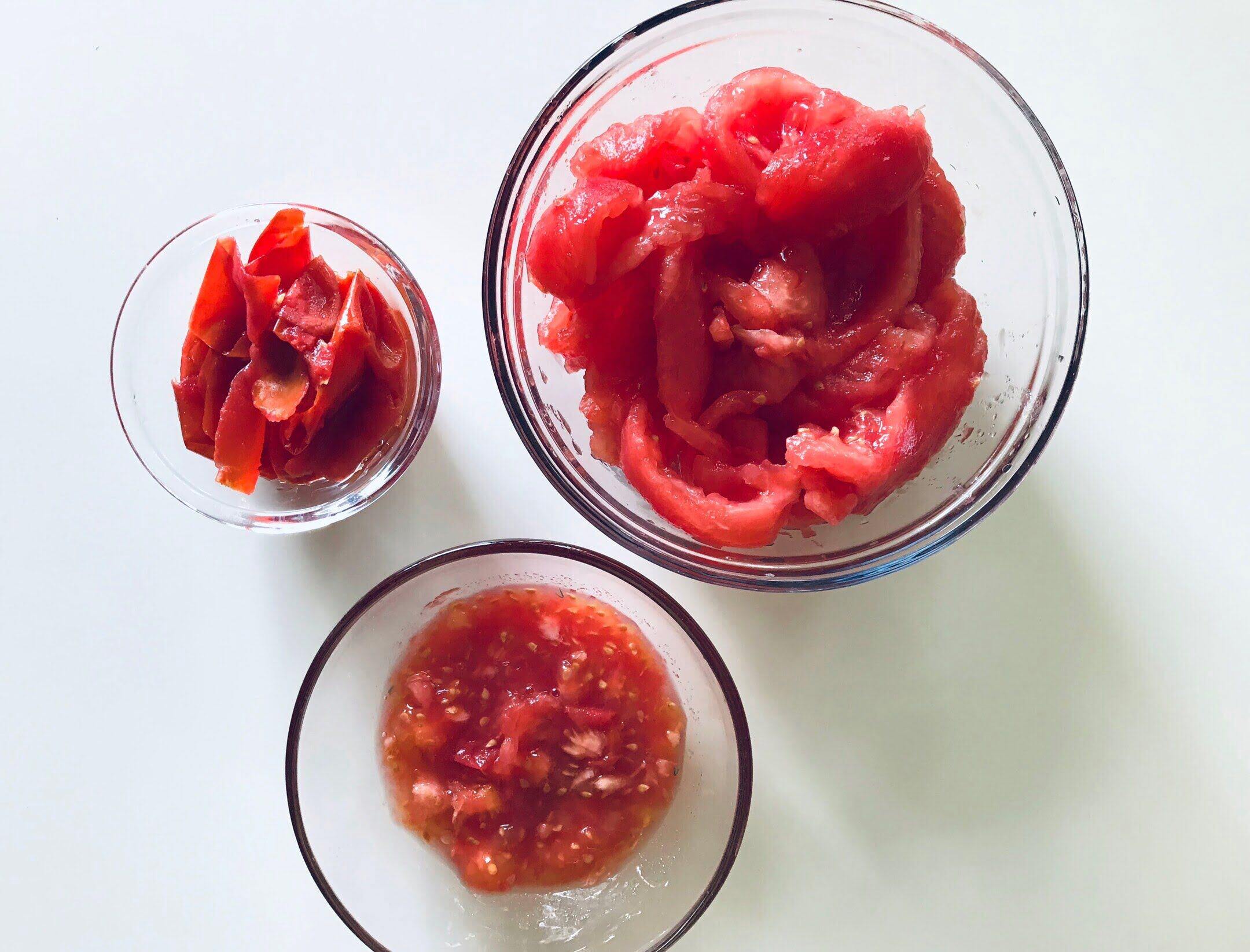
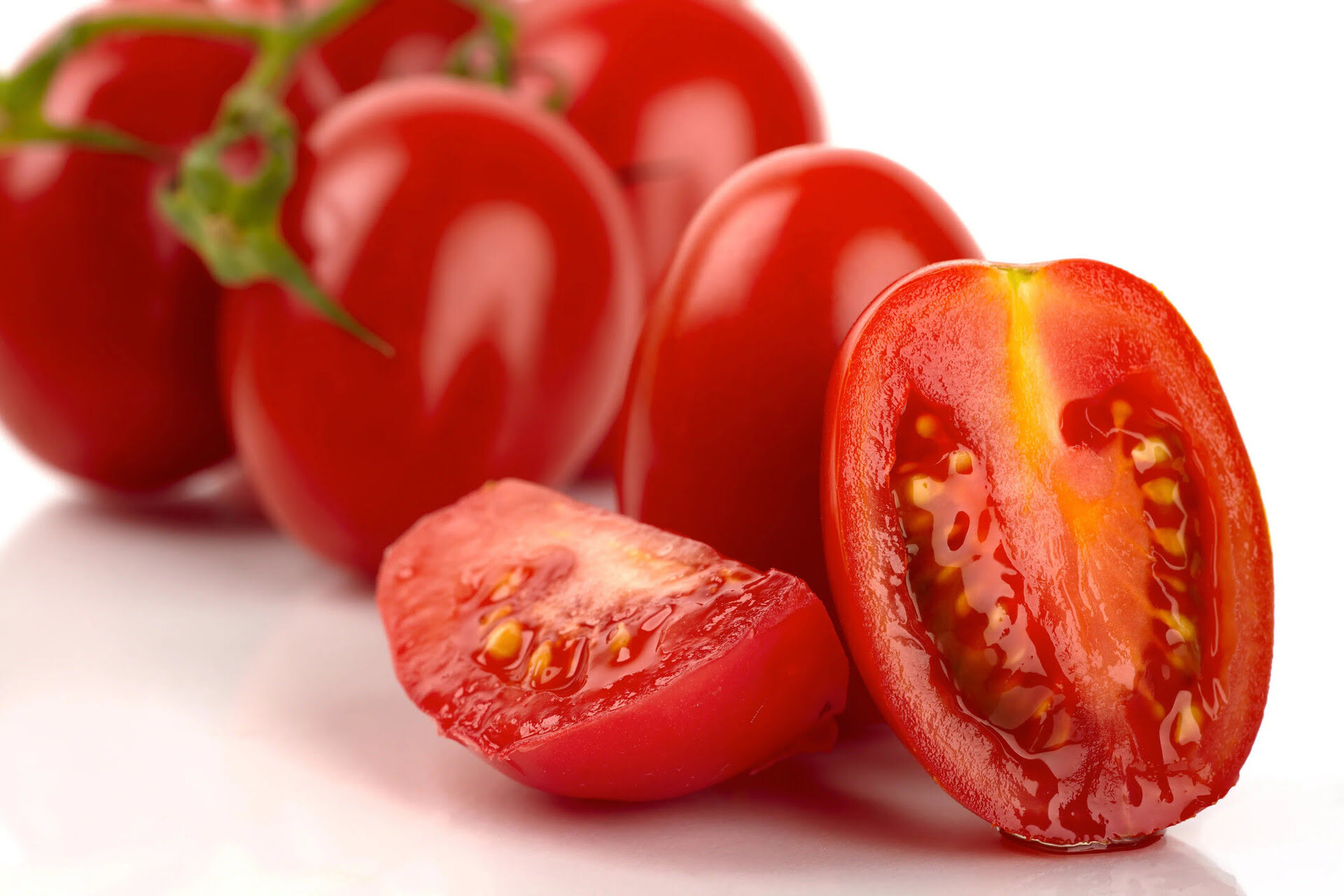
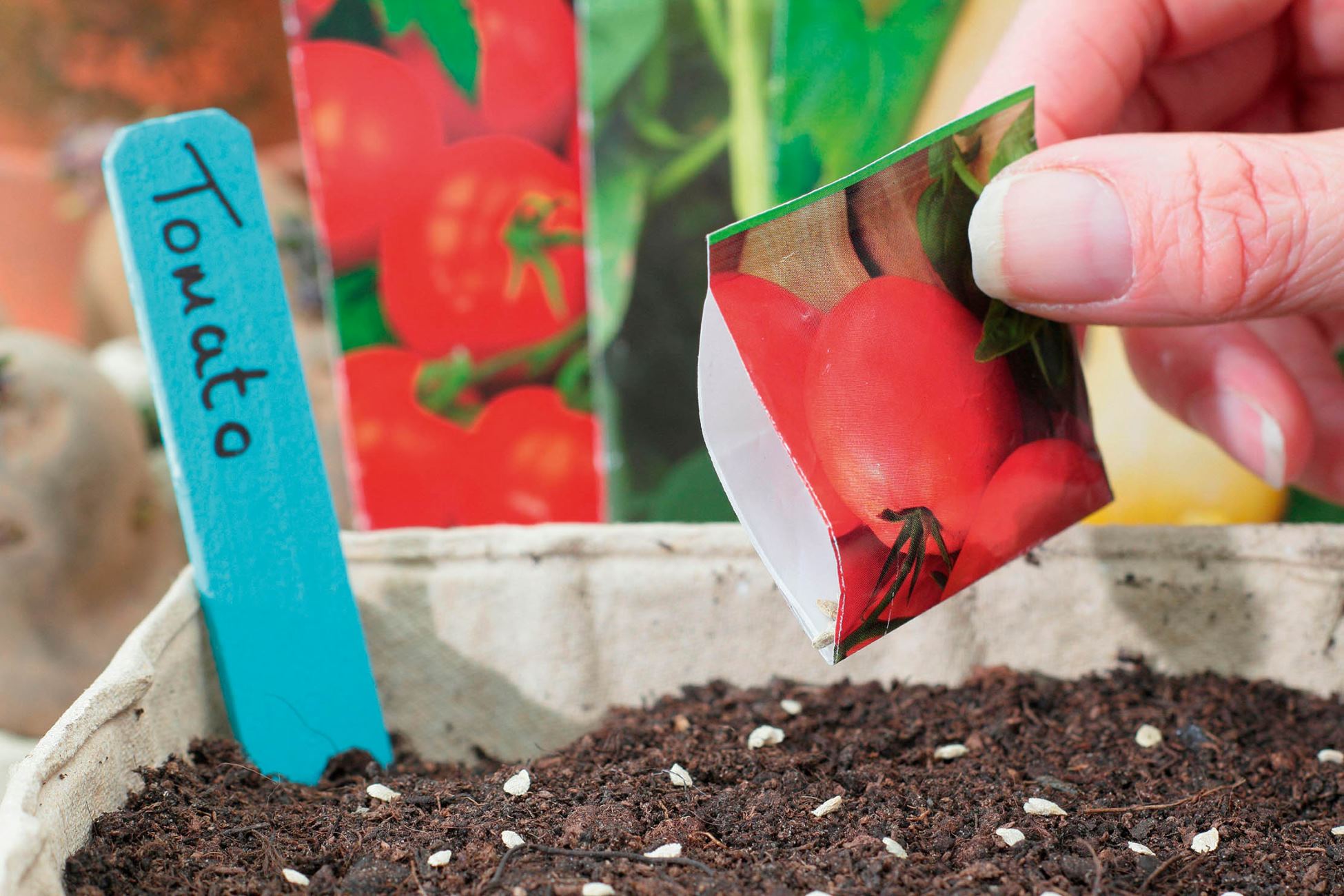
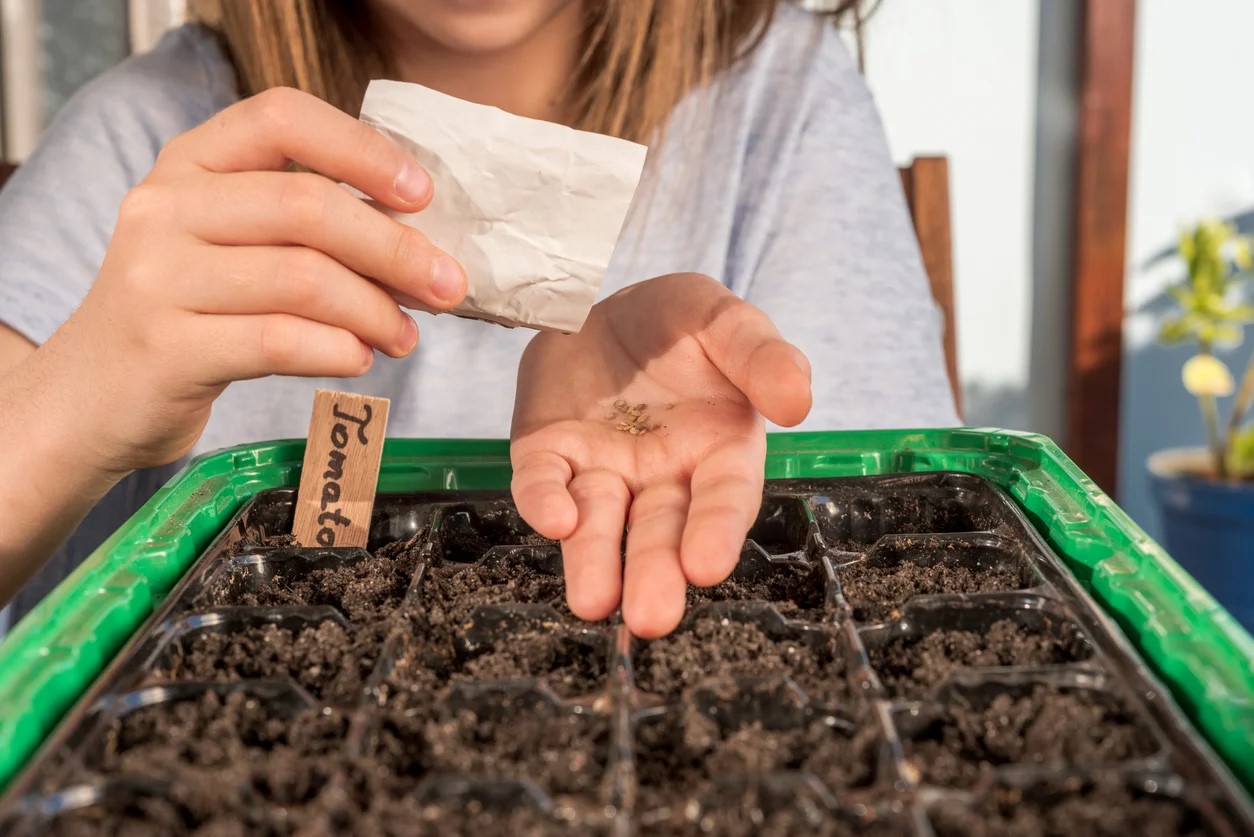
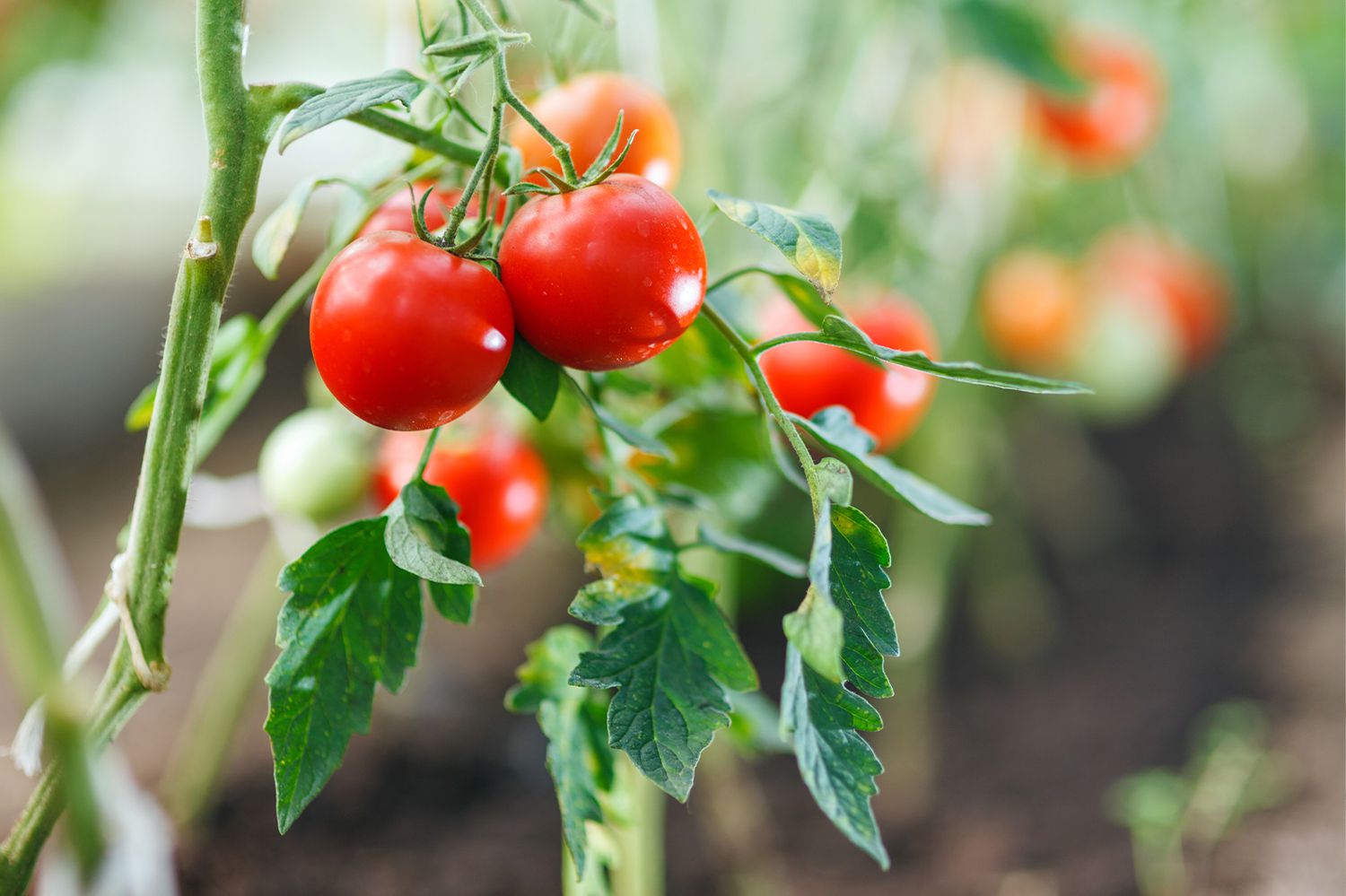

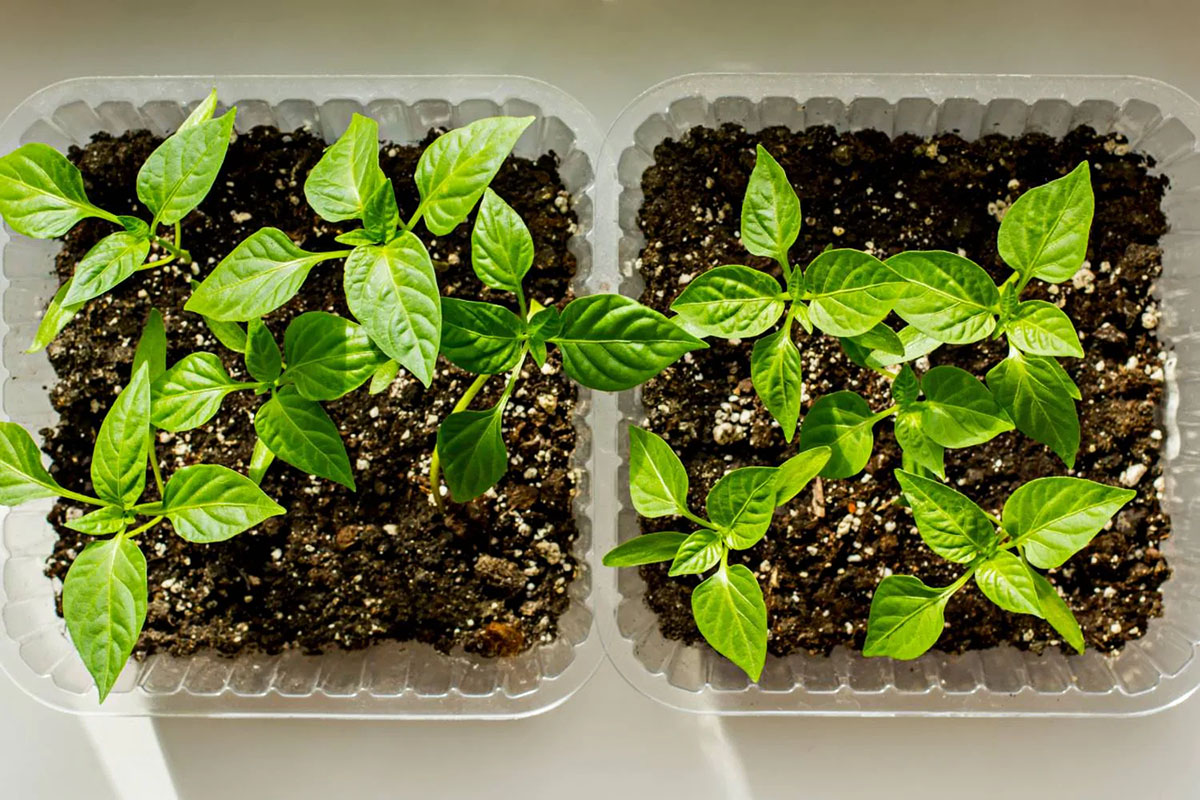
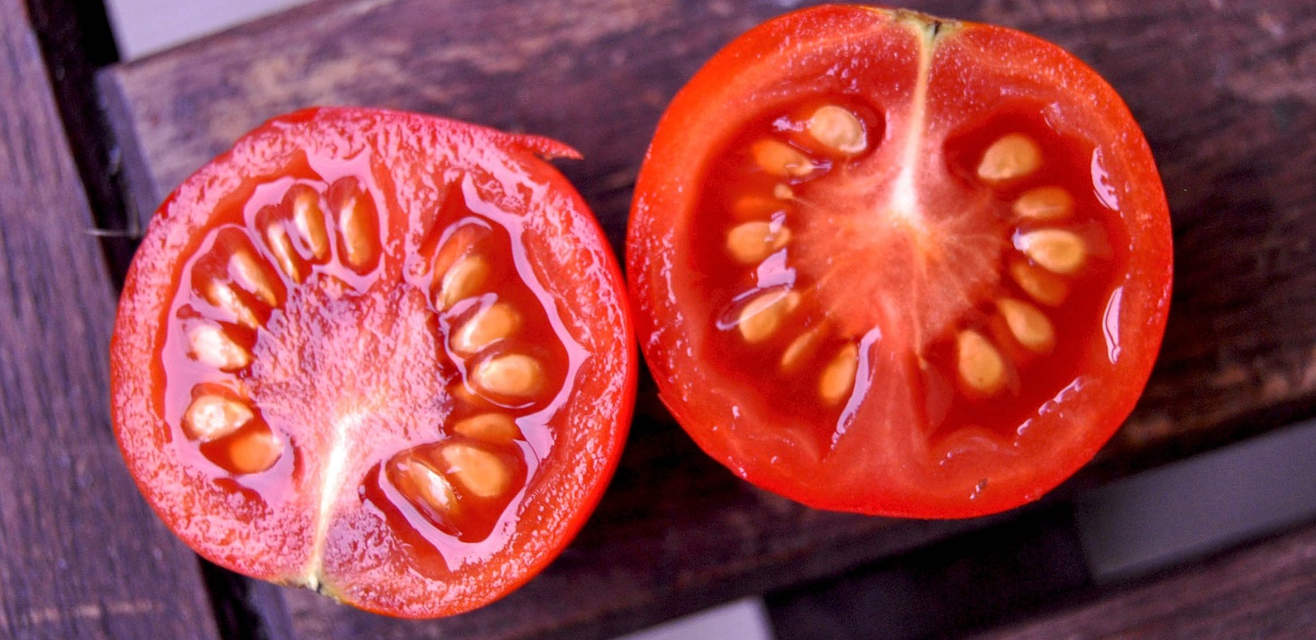
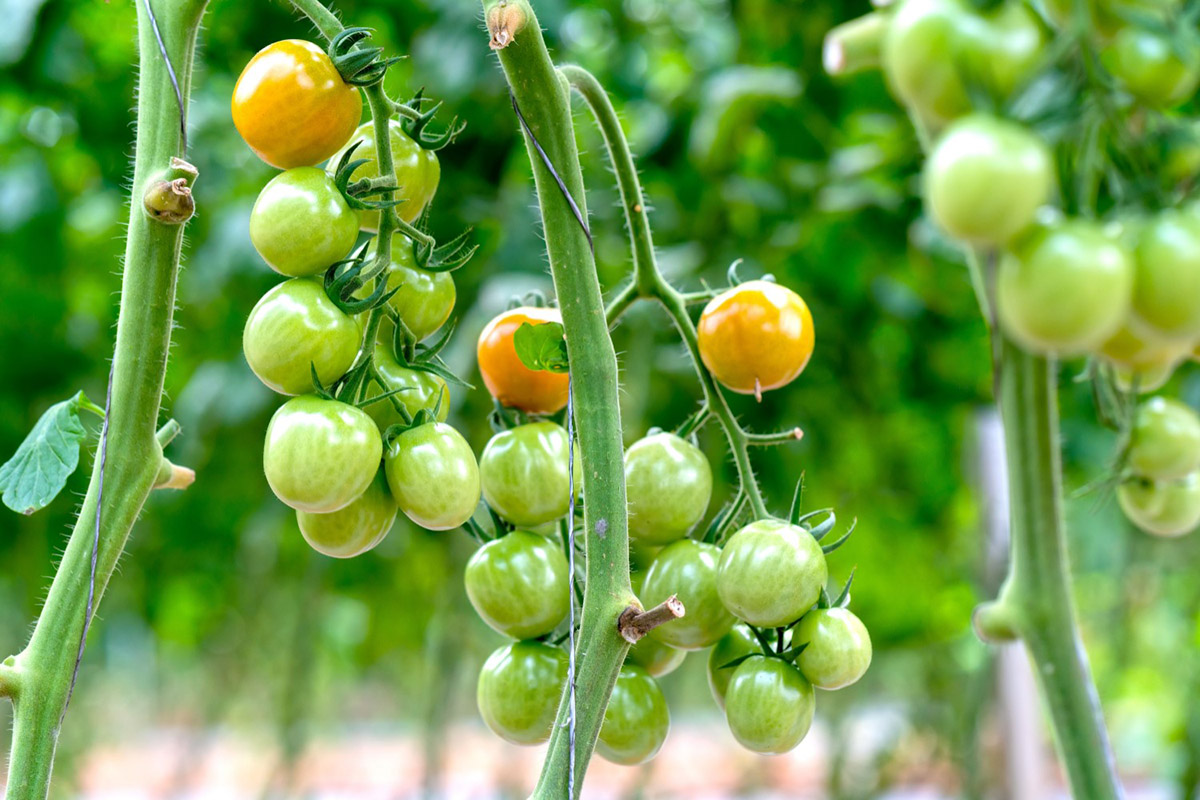
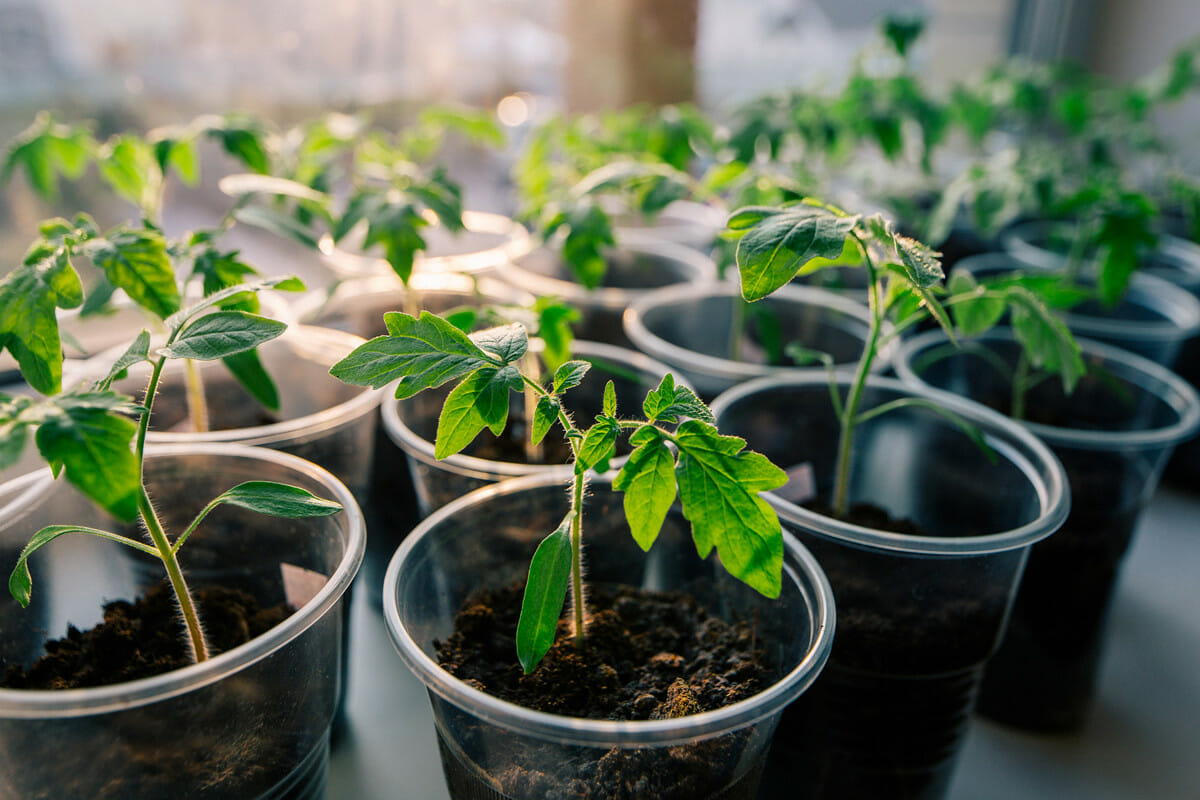

0 thoughts on “How Many Seeds Are In A Tomato”